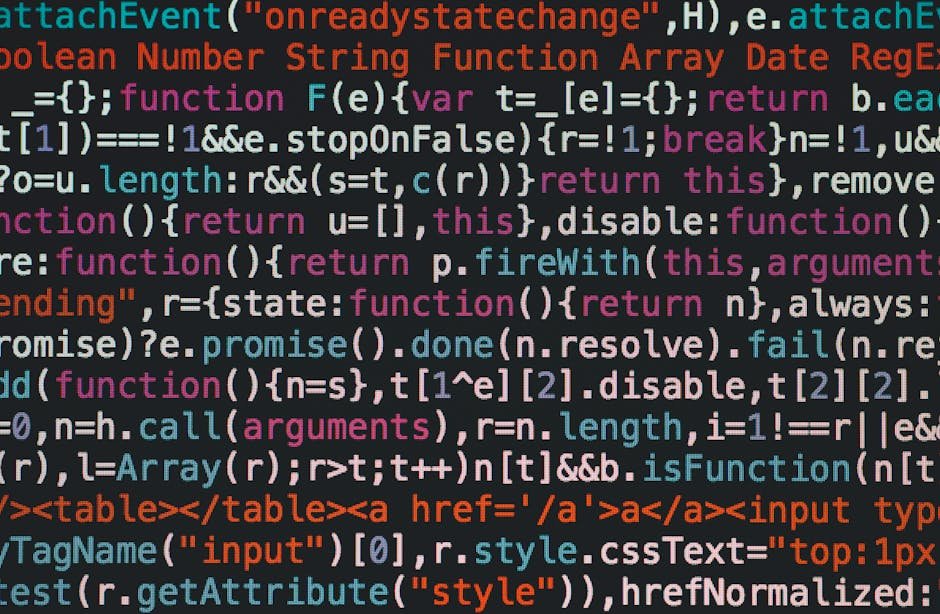What is pulling so much capital into AI in 2025

It feels like every big round you hear about has the word AI in it. That is not hype. The numbers are huge, and they are rising. In the first quarter of 2025, AI and machine learning startups took 57.9 percent of all global venture dollars. More than half of the pie.
Private money also chased generative AI at record levels last year. Depending on the tracker, the totals differ, but the direction is the same. S&P Global counted more than 56 billion dollars in 2024. Stanford’s AI Index shows 33.9 billion dollars, up almost 19 percent from 2023. Different methods. Same trend. Up and to the right.
So why is so much capital moving into AI right now? Here is what investors see.
1) Clear demand and real spend
This is not only a research story. It is an adoption story. U.S. startup funding jumped in the first half of 2025. The biggest driver was AI. That happened even while many venture funds struggled to raise their own capital. Demand is pulling money into the best teams.
Enterprises are also spending at historic levels on the stack that powers AI. Nvidia’s data center revenue keeps hitting records. That tells investors customers are buying compute at massive scale, which supports the software and model layers above.
2) Mega rounds are now normal
Rounds over 100 million dollars dominate AI funding totals. In late 2024, mega rounds made up most of the dollars in the category. That set the tone for 2025. Big checks go to model builders, infrastructure, and best-in-class apps.
You can see it in single deals. xAI announced six billion dollars. That is not seed money. That is a statement about the race to build and deploy large models.
Europe is in the mix too. ASML just led a multi-billion euro investment into Mistral AI, which doubled Mistral’s valuation and showed how strategic buyers are stepping in.
3) Strategic capital wants a front row seat
Hyperscalers and platform players are not waiting on the sidelines. They are funding model companies and tightening go-to-market ties. Amazon completed a four billion dollar investment in Anthropic and made AWS the core cloud for Claude. That is money plus distribution. Google has also added more capital.
When large partners invest, smaller investors follow. They see reduced platform risk, clearer routes to market, and stronger chances of scale.
4) The stack is wide, not narrow
This is not only about chatbots. Funding flows across the full stack.
- Compute and chips. The arms race for GPUs and new accelerators drives money into hardware and data centers. Strong chip demand signals years of spend ahead.
- Models and tooling. Foundation models, fine-tuning, safety, evals, agents, and orchestration attract large checks because they sit at the center of developer workflows. Aggregate “AI 50” data shows a massive share of venture dollars concentrated in a few breakout winners.
- Vertical apps. Copilots in finance, health, logistics, and design have real users and fast payback when they remove manual work. That pulls in both venture and strategic money. (The mega-round concentration from 2024 carried into 2025.)
5) Falling unit costs, rising business cases
Training is expensive. Serving at scale is expensive. But costs per unit of work keep falling as hardware improves and software gets smarter. Investors like curves that bend down while revenue curves bend up.
You can see this in enterprise budgets. When buyers swap manual steps for AI systems, even small accuracy gains create savings. That shows up in board decks, then in funding rounds.
6) Global competition adds urgency
This cycle includes policy and geopolitics. Regions want their own champions. The ASML–Mistral deal as mentioned above is one signal. Governments and national champions want local models, skilled jobs, and secure supply chains. Strategic money speeds those goals.
7) Liquidity may come from multiple paths
Investors like optionality. Big private rounds, strategic acquisitions, and revenue growth all create paths to returns. When the top of the stack is healthy and the bottom of the stack is printing record sales, confidence rises across the cap table.
What this means for founders
You still need proof. The bar is higher. Show a painful problem, a working product, and early signs of repeat use or payback. Vanity metrics will not help.
Bring a precise use of funds. Investors expect a clear 12-to-18 month plan tied to product, customers, and the one metric that best proves progress.
Know where you sit in the stack. If you depend on a single provider, explain the plan for resilience. If you sell to a regulated buyer, come prepared on risk and compliance.
Choose your capital wisely. Strategic money can open doors. It can also set guardrails. Make sure the fit is right for what you are building.
AI is attracting more funding because real demand is here, the stack is broad, the partners are serious, and the wins are visible. The money is not a shortcut. It is fuel for engines that already work. If you can show that engine, this is a good time to raise.ng is not a magic trick. It is a clear story, real proof, a clean deal, and a plan you can own. Remove the red flags. Make the next meeting easy to say yes to.
Getting ready to raise and want a second set of eyes?
I help founders clean up the story, the numbers, and the plan so investors lean in. If you want honest prep and a tighter pitch, let us talk. Please get in touch.
